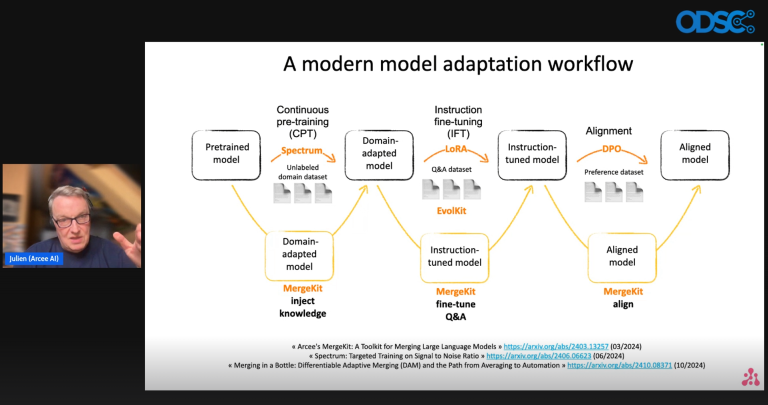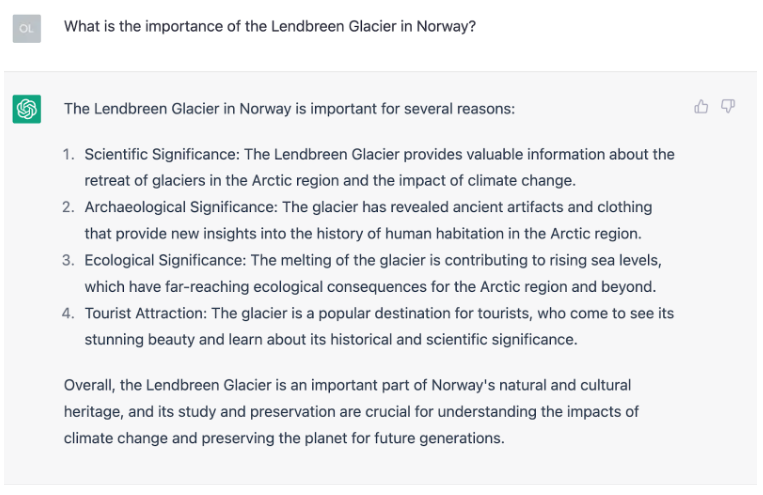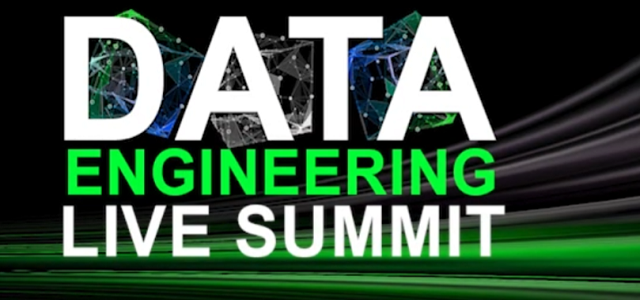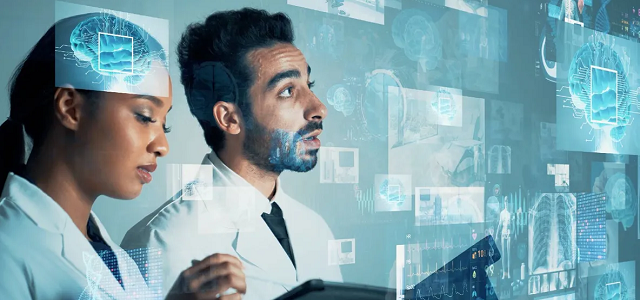Revolutionizing Business: The Impact of ChatGPT on Modern Enterprises
Recently, a significant turning point has been reached in the realm of conversational AI. With the public release of the latest language model known as ChatGPT, we can anticipate substantial transformations in the way businesses communicate with clients and partners, as well as in the overall process of content creation. This article explores what ChatGPT is and how businesses can leverage its capabilities to enhance their day-to-day operations based on the expertise derived from Itransition.
What is ChatGPT?
ChatGPT is an advanced conversational AI platform designed for task-oriented interactions, facilitating natural, human-like conversations with machines. It harnesses cutting-edge advancements in natural language processing (NLP) and deep learning to comprehend user inputs, generate relevant responses, and sustain dialogues. Developed by OpenAI, a leader in AI research, ChatGPT stands alongside other innovative tools like DALLE-2, an exceptional AI-based art generator.
How can businesses utilize ChatGPT?
Let’s delve into some practical use cases for ChatGPT that can dramatically benefit adopting businesses:
Customer Support
One of the foremost areas where ChatGPT excels is in automating customer support. While many enterprises currently employ traditional chatbots for basic automated responses, these conventional systems are limited to resolving straightforward inquiries. For instance, answering the question, “What time is my package delivered?” does not require an intelligent AI system; a rule-based chatbot suffices for this task by retrieving information from a static database.
In contrast, ChatGPT is equipped to handle complex inquiries that lack straightforward answers while also understanding questions phrased poorly or containing grammatical errors. It generates unique responses tailored to each individual question, showcasing its generative capabilities. The most crucial distinction of ChatGPT compared to typical chatbots is its ability to learn and evolve over time. This adaptability has led to partnerships, such as the collaboration between Ada— a leader in customer service chatbot technology— and OpenAI, to integrate the ChatGPT model for enhancing their services.
Business Communication
ChatGPT can revolutionize the way businesses approach written communication. By using AI-driven systems, companies can save significant time on crafting emails and messages. Simply provide ChatGPT with a few sentences outlining the desired content, and it will produce a well-structured and coherent piece of writing. Additionally, ChatGPT can be customized to reflect specific writing styles and vocabulary, aligning perfectly with a company’s established style guide.
Content Creation
In every industry, impactful product or service descriptions are crucial for success. Crafting and editing these descriptions manually can be a time-consuming process; however, with ChatGPT, businesses can swiftly create compelling and engaging content tailored to their target audience. Similar to generating emails and written communication, the model can be trained to utilize specific terminologies related to products or even target SEO keywords effectively.
ChatGPT Concerns and Limitations
The effectiveness and skill of any conversational AI system are closely linked to its ability to mimic human conversation. However, this trait, while seemingly advantageous, can also pose challenges. With increasing internet accessibility, both intentionally misleading and unintentionally inaccurate information is overwhelming the web. Most language models, including ChatGPT, are trained on extensive datasets sourced from the internet, which means they may inadvertently reproduce irrelevant or false information alongside valuable insights.
An alarming trend is emerging with the proliferation of AI language models. As they generate content, other AI systems begin to analyze this output, creating a feedback loop that perpetuates misinformation. Tackling this issue will require more sophisticated models capable of detecting AI-generated text to separate fact from fiction.
What’s Next?
As AI technology continues to capture media attention, a common question arises: “Will AI take our jobs?” While there’s no definitive answer, it is evident that traditional roles are being reshaped as AI progresses. ChatGPT has the potential to assume tasks previously reserved for skilled marketers and copywriters, accomplishing them in a fraction of the time. Nevertheless, this does not imply that the workforce will no longer need human experts. On the contrary, professionals will likely need to adapt, acquiring new skills to work collaboratively with AI technologies.
Regardless of one’s stance on AI or ChatGPT, it’s clear that this technology is here to stay. For companies wishing to maintain a competitive edge, it is imperative to explore the capabilities of ChatGPT and AI-driven tools, discovering how to utilize them advantageously. When employed successfully, businesses can streamline their workflows, heighten productivity, and produce high-quality content more efficiently than ever before.
Writing Styles and Vocabulary Aligned with Your Brand
Content Creation
No matter the industry, compelling product or service descriptions are vital for business success. Manually crafting and refining this copy can consume valuable time, but with tools like ChatGPT, you can swiftly create engaging and relevant product descriptions that resonate with your target audience. Similar to how you would customize emails and messages, ChatGPT can be adapted to include specific vocabularies, including industry-related terms and SEO keywords.
ChatGPT Challenges and Limitations
The effectiveness of any conversational AI system closely ties to its ability to imitate human-like communication. However, while this capability may seem advantageous at first glance, it can also present significant challenges. As internet access expands, both intentional misinformation and unintentional inaccuracies are proliferating online. Most language models, including ChatGPT, train on vast datasets available from the internet. Consequently, they often reflect both the valuable insights and the vast amounts of incorrect information generated over the past two decades.
Even more concerning is the creation of a self-perpetuating feedback loop, where AI models are fed data generated by other AI models. This dynamic contributes to the overwhelming spread of misinformation. The only viable solution to combat this growing issue is to develop advanced models that can accurately detect text produced by AI.
What Lies Ahead?
As AI technology continues to dominate headlines, a common question persists: “Will AI eliminate our jobs?” Although there is no definitive answer, one truth stands out: traditional job roles are undergoing transformation as AI advancements unfold. ChatGPT can efficiently perform tasks that previously required skilled marketers and copywriters, often completing them in a fraction of the time. Nevertheless, this doesn’t imply that businesses no longer require human expertise. Instead, it is likely that professionals will need to acquire new skills and collaborate with AI as essential partners.
Regardless of personal views on AI or ChatGPT, its presence is now a constant factor in the business landscape. To maintain a competitive edge, companies must delve into what ChatGPT and other AI-driven tools can offer and explore how to leverage them effectively. By doing so, businesses can streamline workflows, enhance productivity, and produce high-quality content more rapidly than ever before.
Content is provided by Itransition, a leading Software Development Company based in the US. With over two decades of expertise, it offers comprehensive software consulting and development services, effectively handling projects of any scale for both SMBs and Fortune 500 companies across diverse sectors.






